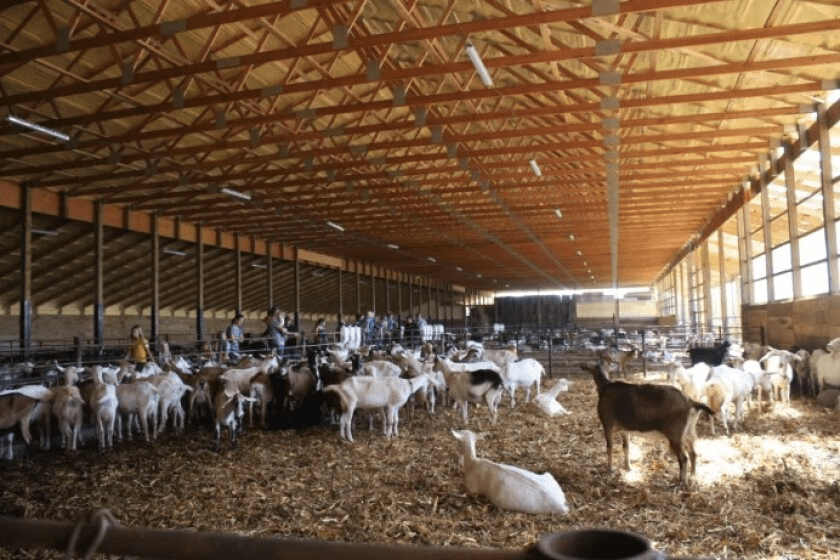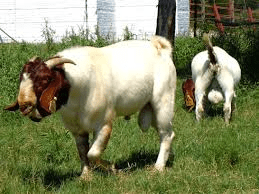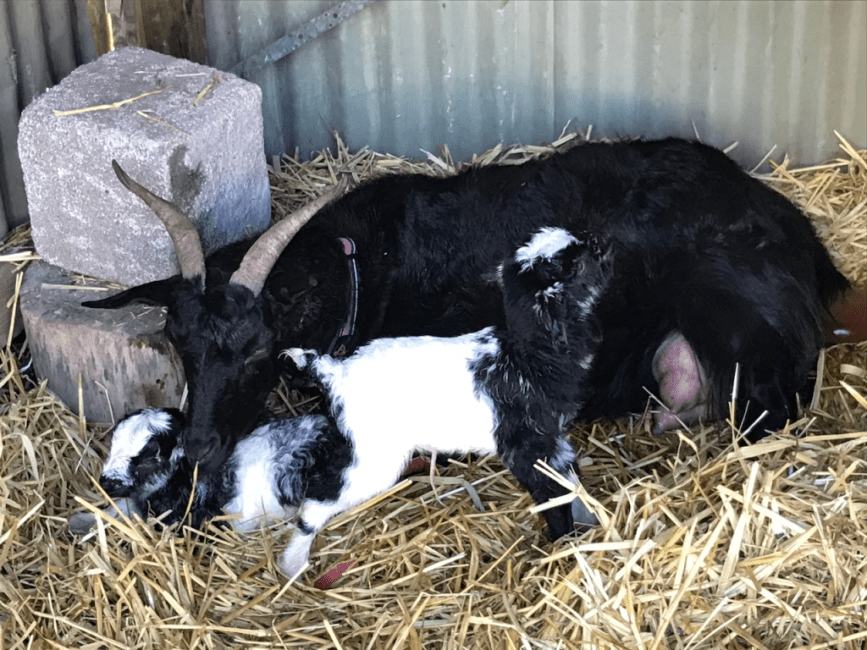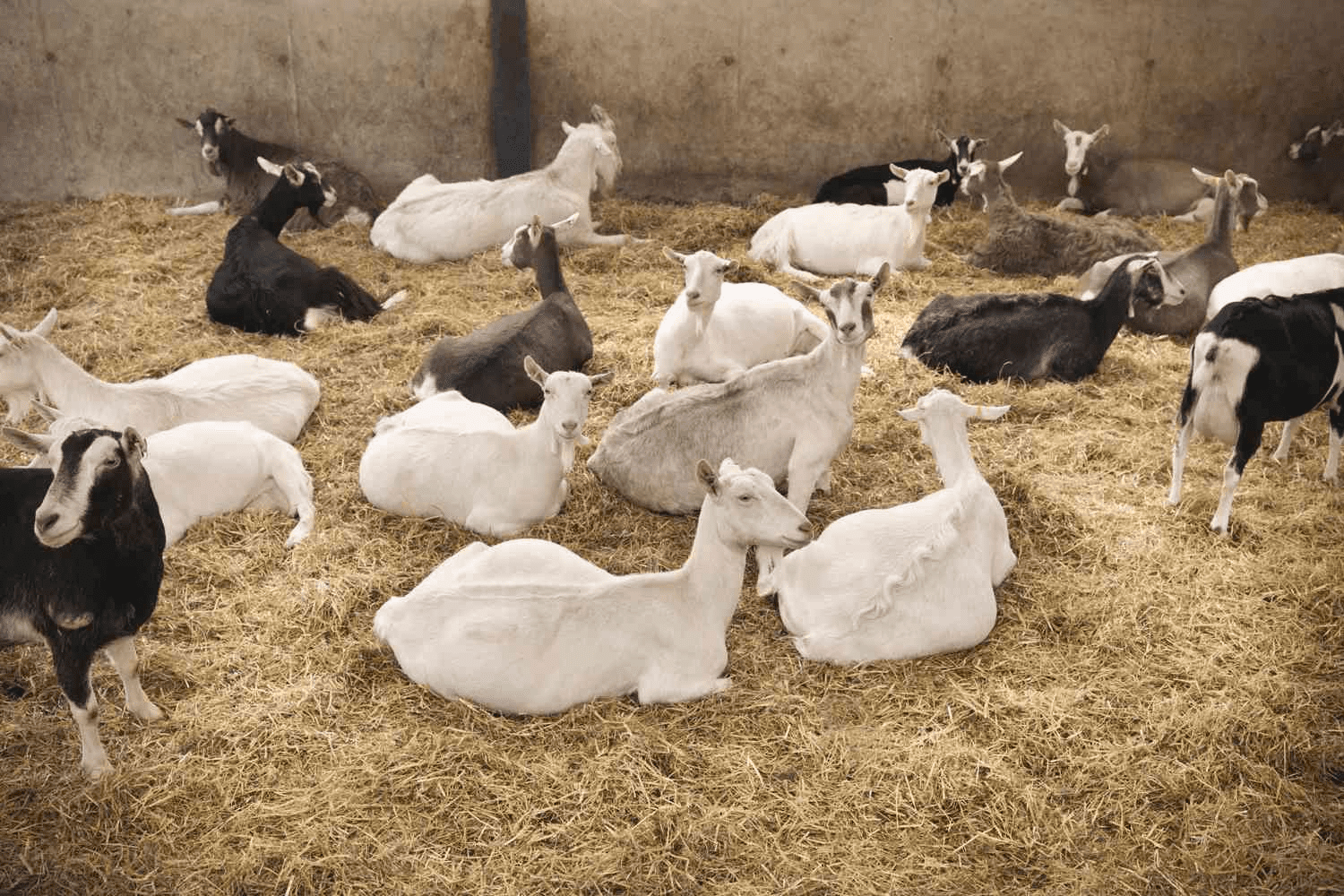This articles primary objective is to walk you through a detailed goat production guide. The domestic goat is a subspecies of the wild goat found in Southwest Asia and Eastern Europe. It belongs to the bovine family and is closely related to sheep, both being part of the goat antelope group.
Domestic goats are among the oldest domesticated species. For thousands of years, they have been used worldwide for their milk, meat, hair, and skins. In recent years, goats have also become popular as pets.
Goat production involves the breeding, raising, and management of goats for various purposes, such as meat (chevon), milk, fiber (such as mohair or cashmere), and even as pets. Goats are versatile animals that are well-suited to different environments, making them an important resource for many farmers around the world.
Key aspects of goat production include:
1. Breeding: Selecting the right breeds and managing reproduction to ensure healthy offspring with desirable traits, such as good milk production or rapid growth.
2. Nutrition: Providing goats with a balanced diet, which typically includes pasture, hay, grains, and supplements to ensure they receive all necessary nutrients.
3. Housing and Management: Ensuring that goats have proper shelter, space to roam, and protection from predators. Good management practices also involve regular health checks, vaccination, and parasite control (drenching or deworming).
4. Health Care: Monitoring and maintaining the health of the goats through regular veterinary care, vaccination, and treatment for diseases or parasites.
5. Product Harvesting: Depending on the purpose of the production, this could involve milking the goats, shearing them for fiber, or preparing them for meat production.
6. Marketing: Selling goat products in local or international markets, which can include meat, milk, cheese, fiber, or live animals.
Goat production is often favored for its efficiency, as goats require less space and resources compared to larger livestock, and they can thrive in a variety of climates, including arid and mountainous regions.
Management of Breeding Goat Stock

Read Also: Feeding and Breeding Management of Sheep and Goats
Steps:
1. Bucks intended for breeding should be kept in good condition.
2. Provide enough food, as poorly fed goats are sluggish and have reduced libido (the desire to mate).
3. Limit high-phosphorus diets, as they reduce sperm quality and fertility.
4. Avoid deficiencies in Vitamin A and iodine, as these can lower libido.
5. Provide an exercise yard.
6. Dehorn bucks regularly, and trim their hooves to reduce lameness.
7. Ensure good pasture is available.
8. If there is no pasture, provide up to 0.75 kg of concentrate per day for each buck.
9. Two weeks before and during the breeding season, increase the concentrate level by 0.45 to 0.9 kg.
10. For good breeding efficiency, use a mating ratio of 1:50 for hand mating and 1:40 for pasture mating.
Management of Breeding Does

Breeding does are managed according to three physiological phases: the dry period, pregnancy, and lactation.
Read Also: Goat Production and Proper Management Guide
a. Dry Period
1. This is when the doe is no longer productive.
2. Ensure the doe receives high nutrition (flushing), especially for dairy goats.
3. Provide an exercise yard.
4. Do not breed nanny kids (young females) that are too fat. The age of puberty is between 6-7 months.
b. Pregnancy Period
1. During the last 6-8 weeks of pregnancy, provide high levels of nutrition (steaming up).
2. Provide enough water and mineral licks.
3. In the last week of pregnancy, give 0.3 to 0.5 kg of concentrate.
4. Signs of labor include uneasiness, restlessness, sitting down and standing up, smelling the ground, and the appearance of a water bag.
5. Watch the doe closely during kidding, which should be completed in 2 to 3 hours. It may take longer if the doe is producing more than one kid.
6. Be alert for difficulty during labor (dystocia), as the size of the fetus can also cause complications.
c. Lactation Period
1. Provide plenty of pasture and concentrate for the lactating doe.
Management of Kids

1. Immediately after birth, clear the air passages if the kid is not breathing.
2. Use straws to tickle the nostrils or tongue to stimulate breathing.
3. If the kid still isn’t breathing, hold it by its hind legs and turn it upside down for a while, pour cold water on it, or give it mouth-to-mouth resuscitation.
4. If these methods don’t work, the kid may die or survive but remain weak.
5. Care for the navel by dipping it in a 7% iodine solution to prevent infections.
In summary, domestic goats, closely related to sheep and part of the goat antelope group, have been used for thousands of years for their milk, meat, hair, and skins. They are among the oldest domesticated species and have recently become popular as pets.
Effective management of breeding goats involves ensuring good nutrition, proper exercise, and regular health practices like dehorning and hoof trimming.
Bucks should be well-fed to maintain high fertility, while breeding does require different care during the dry period, pregnancy, and lactation stages. New born kids need immediate care, especially if they struggle to breathe, and their navels should be treated to prevent infection.
Read Also: 20 Health Benefits of Black Palm Kernel Oil






